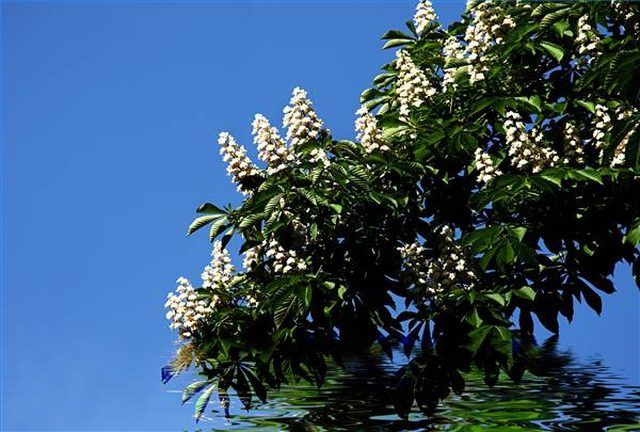Bulbs
Flower Basics
Flower Beds & Specialty Gardens
Flower Garden
Garden Furniture
Garden Gnomes
Garden Seeds
Garden Sheds
Garden Statues
Garden Tools & Supplies
Gardening Basics
Green & Organic
Groundcovers & Vines
Growing Annuals
Growing Basil
Growing Beans
Growing Berries
Growing Blueberries
Growing Cactus
Growing Corn
Growing Cotton
Growing Edibles
Growing Flowers
Growing Garlic
Growing Grapes
Growing Grass
Growing Herbs
Growing Jasmine
Growing Mint
Growing Mushrooms
Orchids
Growing Peanuts
Growing Perennials
Growing Plants
Growing Rosemary
Growing Roses
Growing Strawberries
Growing Sunflowers
Growing Thyme
Growing Tomatoes
Growing Tulips
Growing Vegetables
Herb Basics
Herb Garden
Indoor Growing
Landscaping Basics
Landscaping Patios
Landscaping Plants
Landscaping Shrubs
Landscaping Trees
Landscaping Walks & Pathways
Lawn Basics
Lawn Maintenance
Lawn Mowers
Lawn Ornaments
Lawn Planting
Lawn Tools
Outdoor Growing
Overall Landscape Planning
Pests, Weeds & Problems
Plant Basics
Rock Garden
Rose Garden
Shrubs
Soil
Specialty Gardens
Trees
Vegetable Garden
Yard Maintenance
Facts About Horse Chestnut Trees
Facts About Horse Chestnut Trees. The horse chestnut tree is a large flowering tree in the buckeye family. In spring, it blooms clusters of tiny white flowers with yellow and red bases. From midsummer to fall, the chestnuts grow in spiny green pods. Horse chestnut trees also have a peculiar bark pattern, twisted limbs and deciduous leaves composed...

The horse chestnut tree is a large flowering tree in the buckeye family. In spring, it blooms clusters of tiny white flowers with yellow and red bases. From midsummer to fall, the chestnuts grow in spiny green pods. Horse chestnut trees also have a peculiar bark pattern, twisted limbs and deciduous leaves composed of five to seven leaflets.
History
The horse chestnut tree is a native to southern Europe and has been grown since at least 1576. It is now widely planted throughout the United States.
Size
The horse chestnut tree grows to a height of between 25 and 75 feet. It has a bushy, medium-wide spreading crown.
Growing Preferences
The horse chestnut tree prefers full sun to partial shade and tolerates many soil types, although it grows best in moist, well-drained soil. It is hardy in zones 3 through 8 (see Resources). The tree is resistant to most pests.
Considerations
Although attractive and unusual, the horse chestnut tree is not for everyone as it litters the lawn annually with its chestnuts. The chestnuts are large and can be thrown forcefully from lawnmowers, so they should be raked up before mowing.
Warning
Horse chestnuts are not edible.